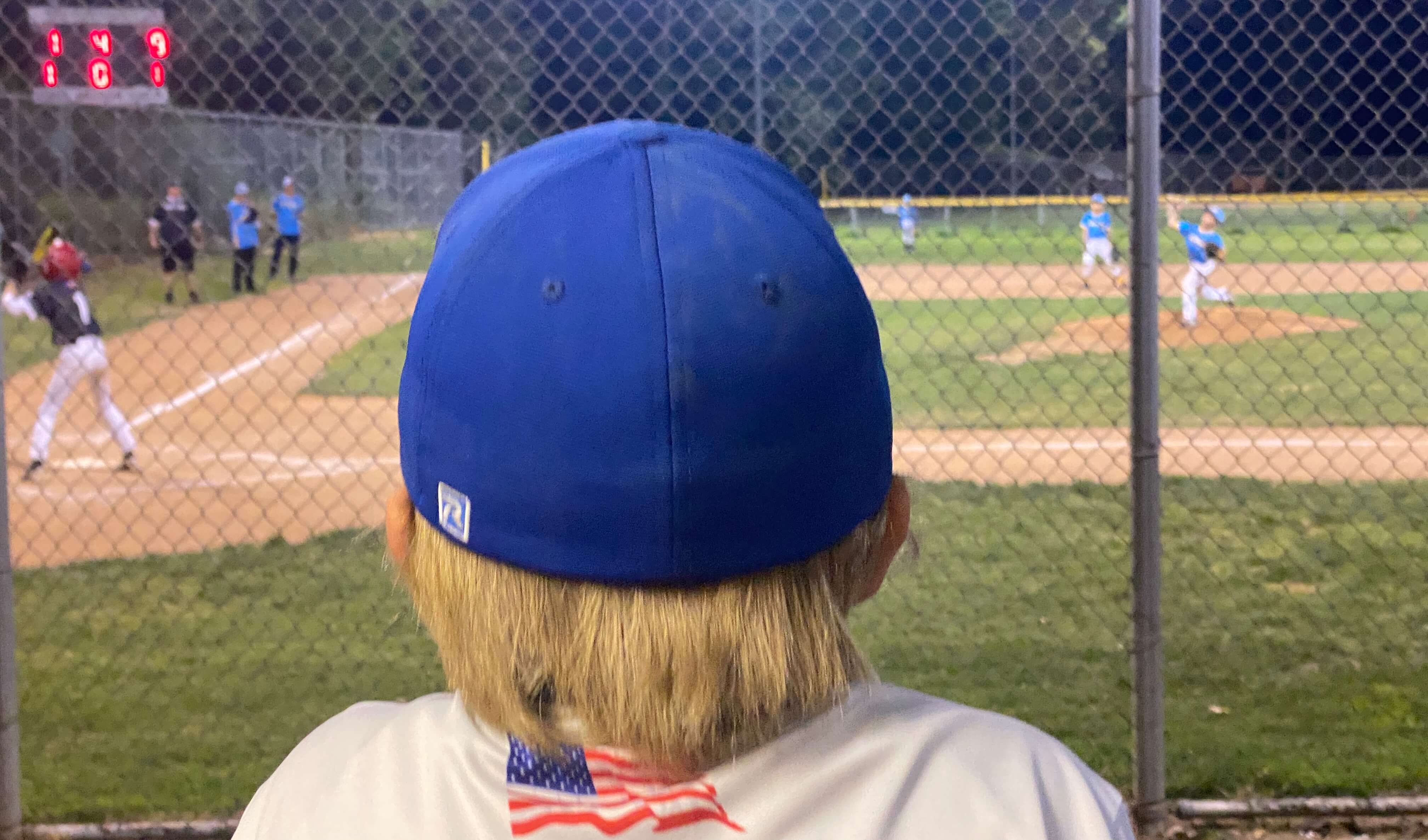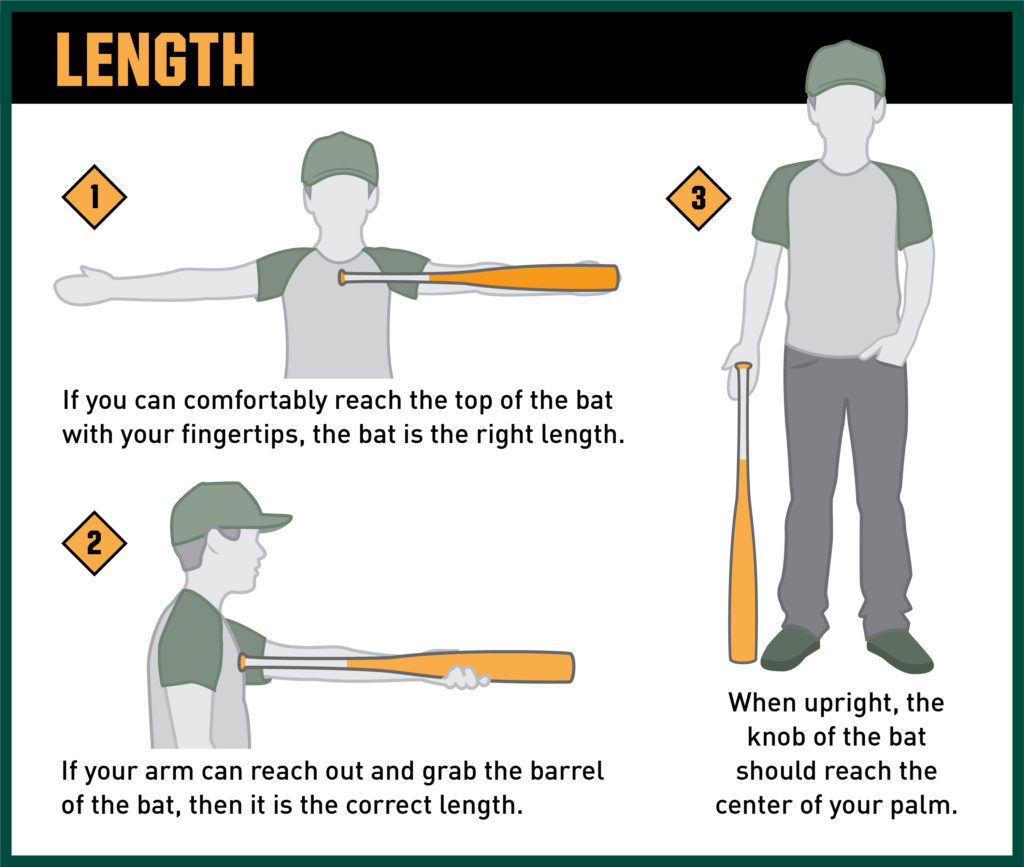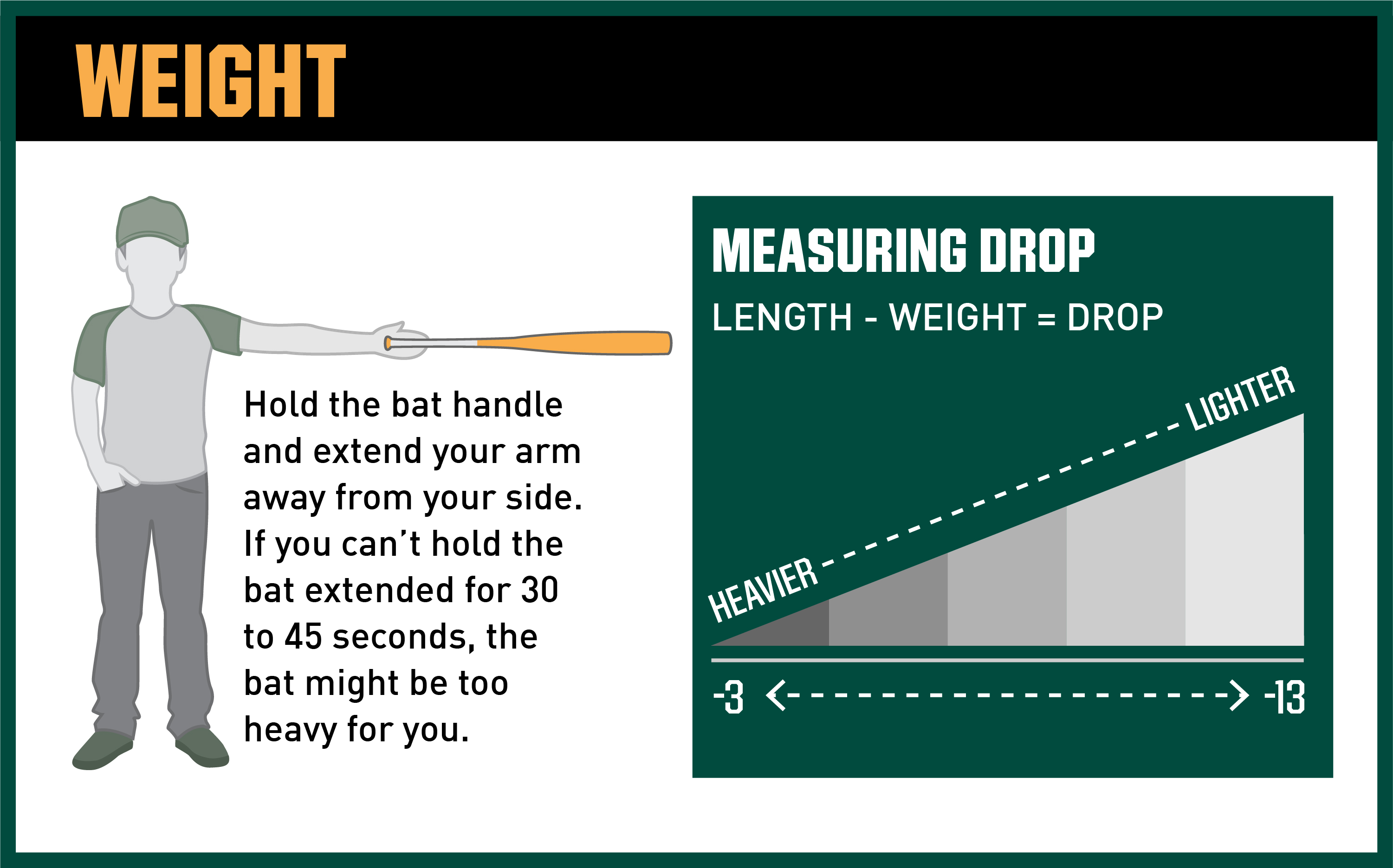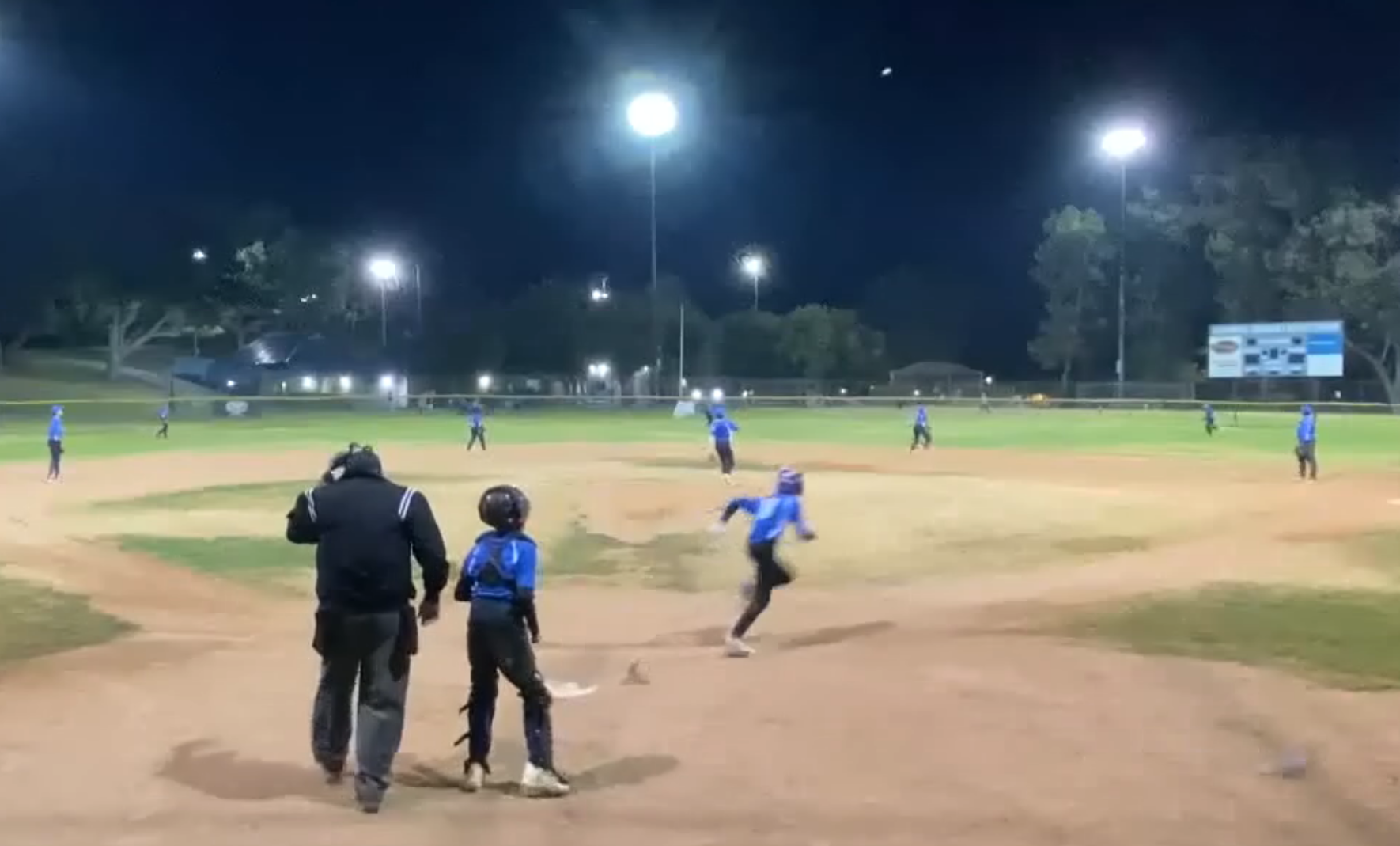Baseball Bats for Kids: What to Get and Why

Why the Right Bat Matters n' Stuff
A bat isn’t just a piece of equipment—it’s THE THING that defines them as a player. Sometimes it’s the glove, but for many kids, it’s the bat that gives them pride in their ability. The bat they carry to the plate is a reflection of who they are and how they want to be seen. Kids notice what their teammates are swinging, and yes—other kids will make judgments. I know, I know—it’s the player, and any kid can hit with anything, but let’s be real: you’ve got to give your kid something to be proud of. That doesn’t mean dropping $500 on the latest model, but even a used cool bat is better than a brand-new boring one. The right bat feels like an extension of their hands, letting them swing freely and confidently. When a bat fits well, kids learn proper mechanics, and their swings become smoother, more consistent. A bat that’s too heavy? That leads to chopping swings and frustration. Too light? It won’t build the strength and timing they need down the road. Think of it like Goldilocks—too heavy, too light, or just right (hopefully minus the angry bears).
Finding the Right Size and Drop
Choosing the right bat size and drop is essential for performance and development. The "drop" is the difference between the length of the bat (in inches) and its weight (in ounces). For example, a 30-inch bat with a drop 10 weighs 20 ounces (30-10). The higher the drop, the lighter the bat.

For most young players, drop 10 to drop 12 bats are standard, balancing weight and swing speed. As players get stronger, transitioning to a lower drop (drop 8 or drop 5) helps build power. However, this can be challenging for smaller or less experienced players.

My son, who is 12 years old, 5' tall, but weighs less than our dog, uses a 30-inch drop 10 comfortably but struggles to generate the distance some of his bigger buddies get with heavier 32-inch drop 8 bats. Sometimes, contact hitting becomes the best option until strength catches up. For smaller or players struggling with fear at the plate, lighter bats encourage contact and confidence building are a strong option, while stronger players may benefit from heavier, smaller-drop bats to build muscle and improve power.

Once you've got a handle on the right size and drop, the next challenge is actually choosing the bat that feels right in your player’s hands. Some bats just click. My son went through quite a few before finding the one that made all the difference. Here’s how we found the bat that won the season.
Being a New Coach
Building a solid bat collection takes time, but it’s something every new coach should aim for. Start by talking to other parents, coaches, and league heads. Many leagues and parents have old bats that are no longer being used—sometimes they’re just sitting in garages collecting dust. These bats can be a great starting point for your own bat library, offering a variety of sizes and drops for players who might not have the right bat yet.
Not every family can afford to buy multiple bats, so having a stash for kids to try out can make a huge difference. It saves money and helps build a sense of community. Plus, those “hand-me-down” bats often have a little magic left in them.
Other coaches and league officials are also great resources for understanding league rules and how umpires handle bat checks. As a coach, I’ve slowly built up my own small arsenal of bats—some from my son, others I’ve found along the way. I jokingly call it the Bat Library, and while there aren’t any late fees, kids know the cost of borrowing one is a few push-ups if it’s left behind at practice.
Coach bats and fungos are another aspect to consider, but that’s a whole different topic worth exploring separately. The bottom line—build your bat library little by little, and your players will thank you.
Overview of Age Groups, Leagues and Bat Requirements

- * Solid one-piece wood bats are allowed without a USA Baseball certified stamp at all levels *
- T-Ball (Ages 4-6):Tee Ball bats are lightweight and designed for players 6 and under to hit baseballs from a tee, not live pitching.
- Little League (Ages 7-12): USA Baseball bats are required at all levels.
- Junior/Senior League (Ages 13-14):Players can use either USABat Standard bats or BBCOR bats
- Pony Baseball (Ages 4-14+): Follows similar bat standards but allows USSSA bats at older levels.
- Cal Ripken/Babe Ruth (Ages 4-18): USA Baseball for under 12, BBCOR for 13+.
- USSSA (Travel Ball, Ages 5-14+): Allows higher-performance bats with larger sweet spots.
- High School (Ages 14+): BBCOR bats are mandatory.
- Travel Ball (Various Ages): Typically USSSA bats are used for maximum performance.
Knowing the league landscape helps narrow down the choices. The bat your kid swings today can shape their path in the game tomorrow. Equip them right, and you’re not just giving them a bat—you’re giving them the best shot at finding their swing and loving every inning of it.
Sometimes Fashion Before Function is Important
Looks matter too. In my experience with my son, finding a bat he was excited about—whether because of the color, design, or brand—made a huge difference. Even if it was a placebo effect, his confidence and enthusiasm soared when he loved the look of his bat. Sometimes the psychological edge is just as important as the physical one. Pencil, crayon-styled bats or popular models like the Hype Fire, VIBE, Icon, Bonesaber, and CATX are all hugely popular. Even if they aren’t technically the “best” bats, the excitement kids feel swinging them can’t be discounted. We all know it’s the player, not the bat—but confidence and excitement go a long way. Plus, let’s be honest—sometimes a bat that looks cool is just plain fun to swing.

Of course, a bat is just one piece of the puzzle. The right gear can make a huge difference in your player's confidence and performance. Here’s a list of must-have baseball equipment beyond bats.
Back to Home